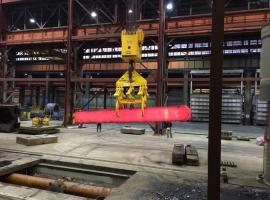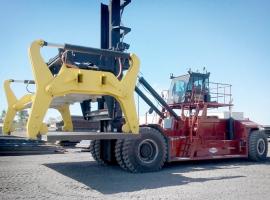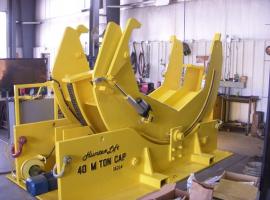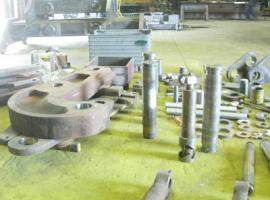When your business relies upon lifting equipment, it goes without saying that that equipment must be working optimally at all times. There’s no such thing as good enough. But the fact is, with all machinery, problems can arise.
One of the most common problems found within lifting equipment is cracks in the components and welds. When cracks go undetected, propagation occurs quickly, and is always followed by failure.
When this occurs, what started as a small crack ends in disaster.
So why does this happen? First, it’s important to remember that even the best, highest quality lifting equipment is usually subject to significant wear and tear. This machinery is often used in extreme environments with harsh, fluctuating temperatures, corrosive agents, very heavy and unpredictable loads, and unforgiving natural elements. Eventually, these conditions can get the best of any equipment.
Another important factor to keep in mind is that up to 80% of equipment failures are due to improper use and lack of maintenance. After all, these machines are being used by people, and people, no matter how qualified, are not infallible.
The best way to address the environmental and human error factors is through preventative maintenance. Be sure that your personnel are familiar with ASME Standards related to lifting equipment. This will not only ensure safety but involve careful inspections for cracks, deformations, etc. Have a qualified member of your team inspect the equipment according to these standards. He or she will be able to identify a small problem before it becomes a big one.
Should you find that your equipment is cracked or damaged, there’s often no need to replace it. Instead, reverse engineering offers an effective, economical, and efficient alternative, replacing the part quickly and getting it back up and running.
While no equipment on earth is guaranteed to last forever without ever experiencing a problem, there are plenty of ways to avoid catastrophe. Start with the best equipment available, then inspect and maintain it regularly. Finally, when issues do arise, have a qualified expert repair it right away.
If you’ve got a question about your equipment or need repairs, contact us anytime for help and advice.
Search
categories
- Select...
- Safety (13)
- Lifting Equipment (12)
- Company (6)
- Materials (5)
- Education (4)
- Services (3)
- Industries (3)
- News (3)
- Cranes (2)
- History (1)
Recent Posts
Comprehensive Guide to Below the Hook Lifting Devices The 6 Advantages of Below The Hook Lifting Devices The Keys to Safety and Design Requirements of Below-the-Hook Lifting Devices Why Below the Hook Lifting Devices Are Essential to Lifting? Requirements for Below the Hook Lifting Devicesarchives
- April 2023 (1)
- January 2023 (1)
- October 2022 (1)
- September 2022 (1)
- August 2022 (3)
- July 2022 (3)
- July 2017 (1)
- June 2017 (1)
- May 2017 (1)
- April 2017 (1)
- January 2017 (1)
- December 2016 (1)





